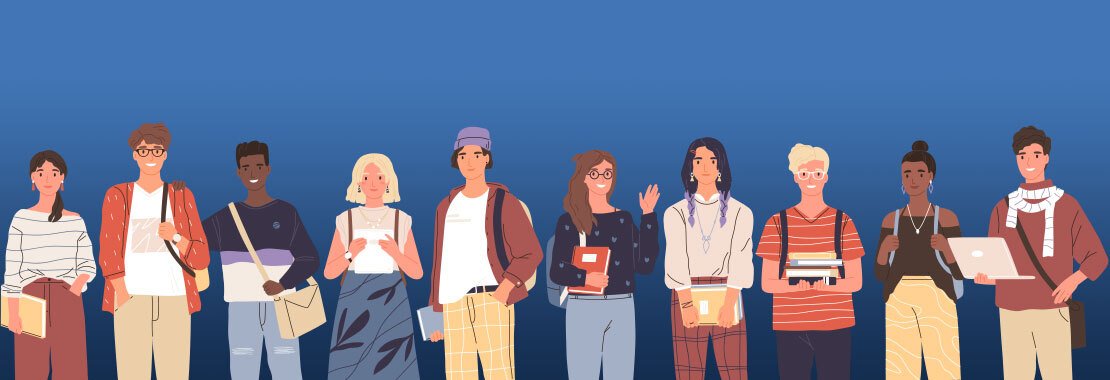Essie Childers is a professor of Student Success at Blinn College in Bryan, Texas
Have you ever attended a party and felt invisible? You notice others talking, laughing and engaging in conversation, but people pass by you without speaking or even making eye contact. If so, chances are you’ve felt uncomfortable enough to either wave your hand and say, “hello, I’m right here…” or find the nearest exit.
If this scenario feels familiar, you’re not alone.
The Need for Culturally Responsive Pedagogy
Across the country, there are many classrooms with students from different nationalities, cultures, beliefs and mindsets who may feel invisible to their instructor or peers. Now, the spotlight is shifting toward recognizing, including and celebrating students that may feel disconnected from the classroom through a culturally responsive approach to instruction.
Before I share the myriad of benefits this approach provides students, it’s important to know what it means to teach reactively to students’ diverse backgrounds.
What is Culturally Responsive Teaching?
Culturally responsive pedagogy recognizes and appreciates diversity by seeking ways to encourage student engagement by creating a warm, positive, inclusive classroom where everyone feels they belong. The student learning outcomes are engaging and include elements of active learning—making sure everybody at the party (your classroom) feels comfortable and confident.
Listed below are several ways students can benefit from culturally responsive teaching that I find to be of great value. As you read the list, I am sure you can think of more.
1. Enhanced Cognitive Development
This is quite logical. When students feel safe in a positive environment, learning will flourish. Students become co-facilitators in the learning process and become excited about learning. Instructors can feel and see the class working in harmony finding ways to make learning stick. Creating success in the classroom becomes the focus rather than a student’s hair style, dress or skin color.
2. Social Connection
Do you remember the TV show, “Cheers”? I do. Listening to the theme song always brought a smile to my face. On the show, when someone entered the bar, managed by Sam Malone (Ted Dansen), everybody knew their name. It was a fun place to go. A culturally responsive teacher looks for opportunities for the class to connect socially. This is a huge benefit. Yes, students may have to move out of their comfort zone, but it is important to know their classmates’ names. Short icebreakers can help students learn about one’s background and culture values. Students may find out that they share similar values and are more alike than different.
3. Engagement/Retention
The first two to six weeks of a semester is a very crucial time for all students—especially, students in the minority. Think about what happens in the first six weeks of your class. One of the greatest benefits of Culturally Responsive Teaching is the golden opportunity for instructors to find ways to engage with students and connect them with their peers. Research indicates that when students are placed in study or learning groups in the class, they develop a bond and learn how to appreciate others’ opinions. Additionally, engaged students are more likely to continue their studies, have a higher-grade point average and experience happiness in life as well as in the workplace.
Creating a Community of Successful Learners
No magic wand is needed to enhance cognitive development, promote social connections and bolster engagement and retention. Instead, consider fostering a community of learners in your classroom—encouraging them to collaborate, appreciate and celebrate diversity. You’ll be surprised how small changes in teaching can make a huge impact on the students you are preparing to compete in a global society.
Or as Maya Angelou states beautifully:
“We should all know that diversity makes for a rich tapestry, and we must understand that all the threads of the tapestry are equal in value no matter what their color.”
Ready for Even More?
Take a look at our Classroom Dynamics page, it’s packed with resources, guides and tips to empower your culturally responsive teaching and inspire your students toward better learning outcomes.
Essie Childers is a Student Success Professor at Blinn College and can be contacted at [email protected].

